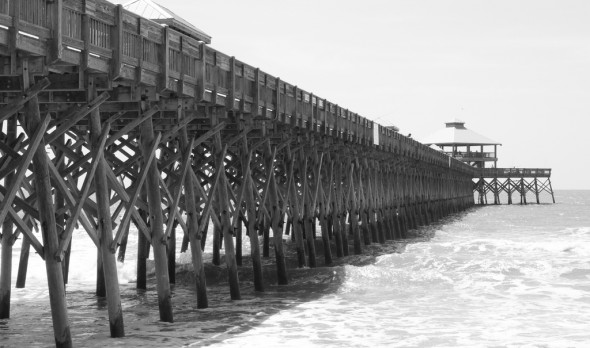The Guardian US/UK | September 5, 2013 | Original headline: Can impact investing successfully cross from land to sea?
Impact investors have plunged headfirst into food and agriculture deals, but when it comes to ocean ventures, they’re just starting to learn how to swim.
Impact investing in fisheries and oceans has been slow to emerge, compared to dairy, poultry and beef ventures — in part, it seems, because these companies can seem like a safer bet. The supply is fairly predictable, and there aren’t as many middlemen cutting into producer profits.
Yet it’s possible to apply the lessons learned from food and agriculture deals toward investing in fisheries and ocean-related businesses, which could lead to larger profits for fishing communities, restored fish stocks and improved marine health.
“We see tremendous opportunity because of issues and gaps in the marketplace,” said Taryn Goodman, director of impact investing at RSF Social Finance, during an ocean investing panel Wednesday at the Social Capital Markets conference in San Francisco.
Know the differences
That said, investors also should realize there are differences between the ocean and agriculture sectors. Knowing those differences, panelists emphasized, can help craft a deal that meets both investors’ financial and impact requirements.
For one thing – as Goodman observed through a RSF Social Finance loan to Kuskokwim Seafoods, a Native Alaskan-run fishing company – the seafood supply chain is made up of a more concentrated monopoly of only a few companies and is disconnected from local food systems.
“The system is broken,” Goodman said. “Getting in to process fish is very difficult – you go head to head with the big guys.”
Though Kuskokwim made a deal agreeing to process everything it caught, Goodman said, “the deal went south. No money was made because you’re competing with others and not building out your supply chain.”
Seafood supply chains are filled with middlemen, explained Beau Seil, managing partner of Unitus Impact. “Fish can change hands 14 to 15 times before it gets to our plate in the US.”
Not being able to predict how much fish would be caught, Goodman said, also made it difficult to know the maximum processing capacity needed or how to get the greatest profit margin. The unpredictable length of the season, as well as Alaska-issued quotas, also threw her off.
Consumers as influencers
The public, Goodman noted, also influences how the seafood supply chain works.
“The majority of chefs, once you take the skin off, can’t identify what fish it is,” she said. “It’s lack of knowledge and awareness. It surprises me.”
Many restaurants don’t want to take a chance with smaller suppliers, who might not have what they need on any particular day, she said.
A lack of transparency creates another challenge. “Opaqueness in the space enables more poor behavior . . . you can create monopolies,” she said. “It’s like the underworld in there.”
See the original story here.
